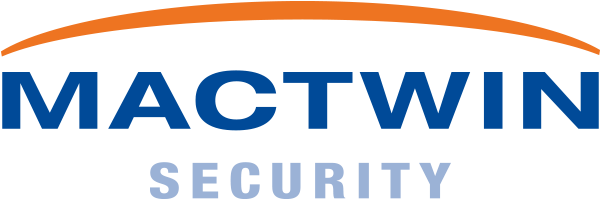Museum of Ethnology: new security systems and Cemacs Security Management Platform
The Museum of Ethnology is extremely well secured. It has to be with all the precious collections on display. Dick Slingerland, head of security, proudly explains how he and his team ensure that the Leiden museum is safe and that no theft or damage to the exhibits can take place.
The security of the museum has been well thought out by Slingerland, with his team and security partner Mactwin. The museum building is effectively secured from the outside to the inside with a mix of structural, electronic and organisational measures. The building is also divided into various compartments.
Slingerland explains: “No one comes to our valuable pieces outside closing time. If someone manages to enter the building, this person is immediately signalled and security receives an alarm notification. If you want to get into one of the exhibition halls, you also have to pass through various secure entrances. And even then, you don’t just have a loot to grab. Almost all the pieces are in well-secured display cabinets; with minimal thick glass and detection. Of course, we have also taken adequate measures to quickly identify any fire and, if necessary, to evacuate a building or part of it immediately.”
State-of-the-art integration technology opens up new possibilities
“As a security partner, Mactwin takes care of everything for us: from sound advice to the implementation and (remote) management of our security systems,” says Dick Slingerland.”Recently, they renewed almost the entire security system, including the fire alarm and evacuation system. We now know the company and its employees as pleasant, decisive and very knowledgeable. After the assignment, Mactwin first investigated the current security level and the state of the art. After that, an improvement plan was written, which was then implemented.” Slingerland talks enthusiastically about the new possibilities he now has, such as the IP HD cameras and the Cemacs platform.”Because all security technology is fully integrated into this Security Management System, our employees in the control room receive an alarm – whether it is from the Access control system or, for example, the Fire alarm system – a map will immediately show the location of the alarm. In addition, the corresponding camera images are immediately displayed. The camera images of the new cameras are very clear and obviously much better than the images of the old analog cameras. Many system components can also be operated and managed from Cemacs. For example, remote access can be granted, we can intervene on the fire alarm system or an evacuation per area can be started.” The museum has also opted for the latest evacuation system of Bosch: Paviro.
The system offers the highest sound quality and has the lowest power consumption of any system in its class. In addition, the system is extremely flexible (both in terms of design and during operation) and can be controlled using an app on a mobile device. In addition to the new camera system and the fire alarm and evacuation system, Mactwin also installed 7 new control panels in a network. Furthermore, the old proximity card readers were replaced by the more secure Desfire readers. If an exhibition requires it, Mactwin temporarily places additional detection in the galleries and showcases.
Security Procedures
In addition to the implemented security technology, the museum also applies strict procedures during the museum’s opening hours: suppliers or other guests may only enter under the supervision of a staff member. In addition, two employees keep an eye on the camera images from the security lodge. If they spot a suspicious situation, they monitor it closely. For example, by zooming in with the cameras or following the people involved via the cameras. The closing of the museum is also done according to a fixed protocol in which the security staff checks, locks and alarms the rooms one by one.
System availability monitored remotely
Finally, Slingerland talks enthusiastically about the possibilities of the Mactwin Operation Center (MOC). “Our security systems are monitored remotely from the MOC. If the batteries are low, the camera images are no longer good, or if a detector is dirty or defective, they can see this in the Mactwin Operation Center and take immediate action. Mactwin tries to do this remotely as much as possible, which reduces the burden on the environment and saves us costs and time. As far as we are concerned, this is an important added value of Mactwin.”
About the museumMuseum of Ethnology displays 4000 unique ethnological objects from Africa, Asia, China, Indonesia, Japan and Korea, North, Central and South America, Oceania and the Polar Regions in eight beautiful rooms. In addition to the permanent exhibition, there are also regular temporary exhibitions.
The Museum of Ethnology is also an important European centre of expertise in the field of global cultures. The museum has been housed in the old Leiden University Hospital since 1937; A monumental building in the middle of the city.
About 15 years ago, the building was extensively renovated. “Only the outer façade and the roof were still standing,” says Slingerland.
“We were able to fully adapt the interior to our specific needs, including in terms of security. Incidentally, we did clash with the architect every now and then; the well-known tension between ‘functionality versus aesthetics’. Fortunately, we hardly had to make any concessions when it comes to security. However, various components of the fire alarm system have been brought into the colour of the interior.”

